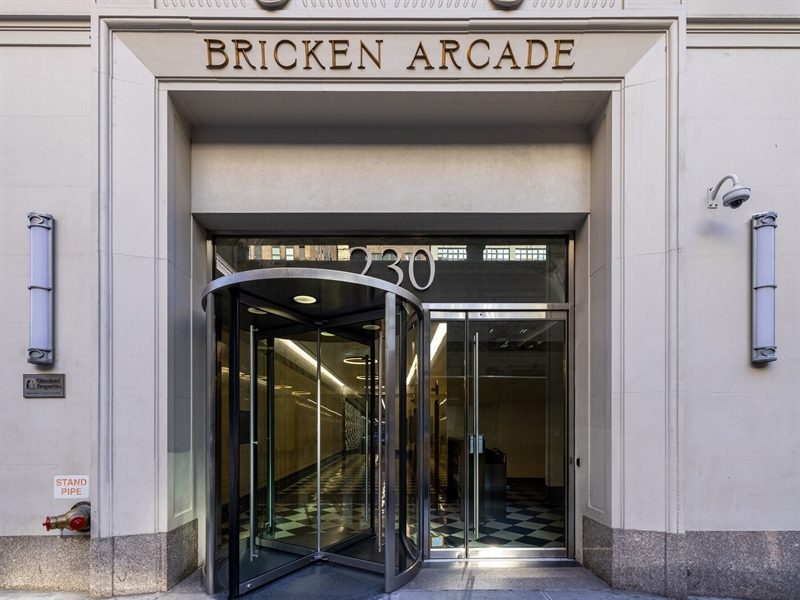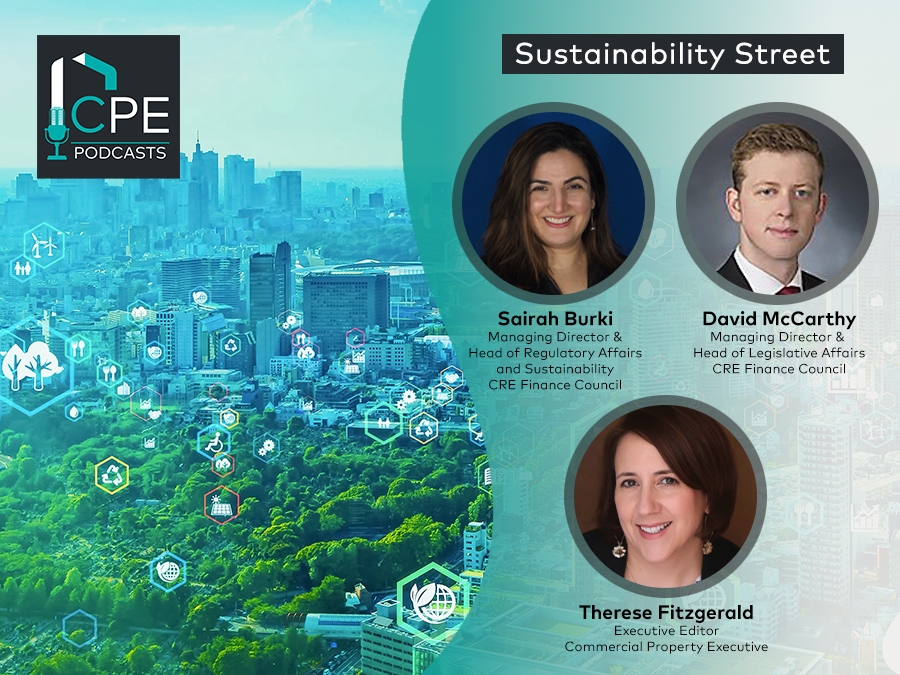What’s Keeping This Cycle’s Momentum Going?
Despite some cautionary signals, there are positive indicators that this real estate cycle has room to grow, notes David Kessler, partner & real estate practice director with CohnReznick.
By David Kessler
 With the real estate market clearly in the later stages of its current cycle, the overriding question becomes: What’s keeping this current cycle’s momentum both stabilized and growing? In the midst of some legitimate cautionary signals are some positive indicators such as strong property fundamentals, along with an abundance of readily available capital, all under the umbrella of a rapidly improving U.S. economy.
With the real estate market clearly in the later stages of its current cycle, the overriding question becomes: What’s keeping this current cycle’s momentum both stabilized and growing? In the midst of some legitimate cautionary signals are some positive indicators such as strong property fundamentals, along with an abundance of readily available capital, all under the umbrella of a rapidly improving U.S. economy.
The Economy
Exceeding all predictions, GDP increased at a 3 percent annual rate in the April to June period, with current estimates for the third quarter as high as 3.4 percent. Along with this growth, job creation has been strong in the past few months. The one cautionary flag for commercial real estate investment could be the Fed’s probable rate increase sometime in December.
Funds and Fundraising
U.S. real estate remains an attractive asset class for both domestic and foreign investors. With the U.S. market maturing, however, momentum from last year’s record fundraising has slowed slightly throughout the first half of 2017. A total of 28 private debt funds closed in the second quarter of 2017, securing $16 billion in global capital—down from $26 billion in the first quarter, with the average fund size at $595 billion. As of June 2017, private debt managers were holding $205 billion in readily deployable capital, up $8.9 billion from December 2016.
Sectors and Strategies
Retail: As retail continues to evolve, there are still solid deals to be had, they’re just harder to find. “Traditional” malls may be dying, but when converted into an amenities-filled multifamily complex anchored by an upscale grocery, a 24-hour gym (sorry— “health club”) and a 10-screen cinema, results can be dramatically improved, depending on the needs of the local demographic. Big box stores may be dinosaurs, but converting one into a showroom/distribution center may be a shrewd move. Yet even retail’s volatile uncertainty is counterbalanced by the heightened energy surrounding the industrial sector, from port facilities to last-mile distribution.
Industrial: With vacancies plummeting to 10.5 percent, effective rents increased by 0.6 percent for the sector. These numbers are strong despite a massive amount of new construction coming online, anticipating the demand for warehouse/distribution space driven by online sales—the direct result of brick and mortar retail disruption.
Hotels: Investors have enjoyed a bull market due to a supply-demand imbalance caused by the 2008 financial meltdown on one hand, and a pronounced upswing in tourism and business travel on the other. But with 200,000 new rooms slated to come online within the next 18 months, this trend could slow dramatically. In fact, nearly half the hotels within U.S. metropolitan markets are already experiencing negative occupancy growth. Valuations, however, are still expected to remain stable through 2019, with cap rates holding steady.
Multifamily: National vacancy rates for multifamily are projected to increase to 5.6 percent this year and to 5.7 percent in 2018, which is still below the 15-year average vacancy rate of 6.1 percent. Meanwhile, rental rate growth is expected to moderate to 2.3 percent this year and 2.2 percent in 2018, which is still above the 15-year average growth rate of 1.9 percent. However, not all apartment markets are cooling off. Effective rents grew on average between 5 percent to 8 percent in some of the hotter markets over the 12 months ending in the second quarter.
Office: Doldrums remain in place at midyear. The national vacancy rate remains flat at 16 percent, with rents increasing by a marginal 0.4 percent, which could mark the weakest rent growth since 2011. There is serious risk regarding building new multi-tenant office buildings for renting at competitive market rates. On the brighter side, office is still the favored sector among foreign investors, and overall demand could easily improve if current GDP growth is sustained.
All in all, the current state of real estate markets virtually eliminates most standard playbook strategies, other than “cautious optimism.” Meaning, everything now depends on the timing and specifics of any given deal, along with the ability to strategically evaluate a wide array of factors, from the future of the supply chain to political, demographic and economic trends.







You must be logged in to post a comment.